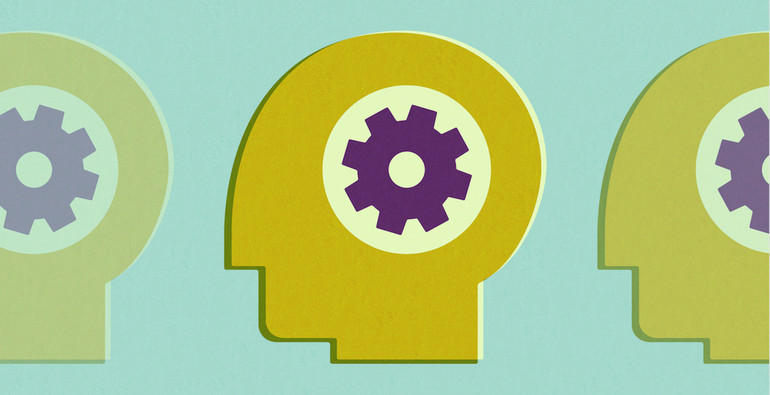by EMILY EKINS

Key Findings
- This analysis finds five unique clusters of Trump voters: American Preservationists (20%), Staunch Conservatives (31%), Anti-Elites (19%), Free Marketeers (25%), and the Disengaged (5%)
- There is no such thing as “one kind of Trump voter” who voted for him for one single reason. Many voted with enthusiasm for Trump while others held their noses and voted against Hillary Clinton.
- Trump voters hold very different views on a wide variety of issues including immigration, race, American identity, moral traditionalism, trade, and economics.
- Four issues distinguish Trump voters from non-Trump voters: attitudes toward Hillary Clinton, evaluations of the economy, views about illegal immigration, and views about Muslim immigration.
Introduction
The surprising rise of Donald Trump in the Republican primaries and his victory in the November 2016 presidential election defied predictions of pundits and pollsters alike. Elections observers have sought a straightforward explanation for Trump’s success, such as Rust-Belt anxieties, the plight of the white working class, racism, nativism, nationalism, authoritarianism, collective narcissism, Americanism, and so forth. Many also acknowledge that a combination of these factors may have been key.
Throughout most of the debate, however, there has been a tendency to think of Trump voters as a homogenous bloc with similar tastes and motivations. Articles with titles such as “There is No Such Thing as a Good Trump Voter” give rise to the impression that most Trump voters are driven by the same motivations and policy priorities.(i) Furthermore, the presumption has been that since Trump has belabored the immigration issue his voters must also share his immigration concerns.
Political science research has tended to use regression analysis to identify which dispositions best predict voting for Trump. These models inherently assume each Trump voter places equal weight on each policy issue measured. For example, if a model finds that immigration anxieties are highly predictive of a Trump vote, many assume this means all Trump voters are equally highly anxious about immigration. It may be, however, that some are concerned about immigration, while others are not. These models cannot distinguish between the two possibilities.
There is reason to believe that Trump voters did cast their November ballots for different reasons. The 17 candidates who competed for the Republican primary nomination remind us that when Republican primary voters had other options, many chose someone other than Trump. In the early primaries held during February and March, Trump garnered only about a third (36 percent) while a majority (64 percent) of Republican primary voters cast their ballots for Ted Cruz, Marco Rubio, John Kasich, or one of the other candidates.(1),(ii) If Trump embodied the core values and views of the Republican Party, why didn’t he win a strong majority of their votes in the early primaries?
Trump brought home most of these other Republican voters in November, garnering about 94 percent of the Republican primary voters and 79 percent of all Republicans surveyed.
But it raises questions about the composition of the Trump vote. Should it be viewed as a homogenous bloc, or perhaps more correctly as a coalition? Do Trump voters share the same set of concerns, anxieties, and motivations, or perhaps did these voters pull the lever for Trump for different reasons?
Voter Study Group for more